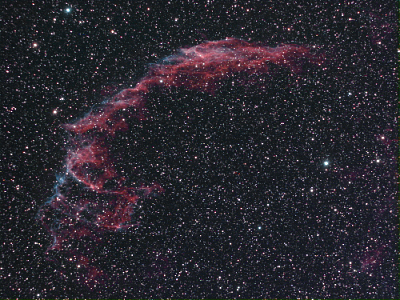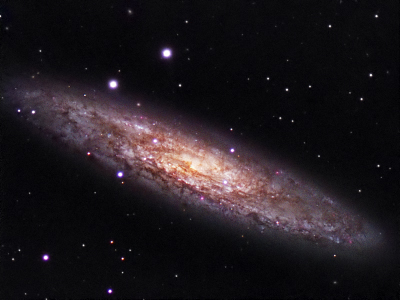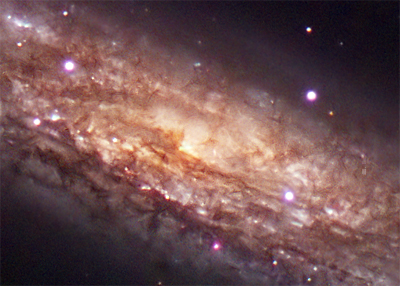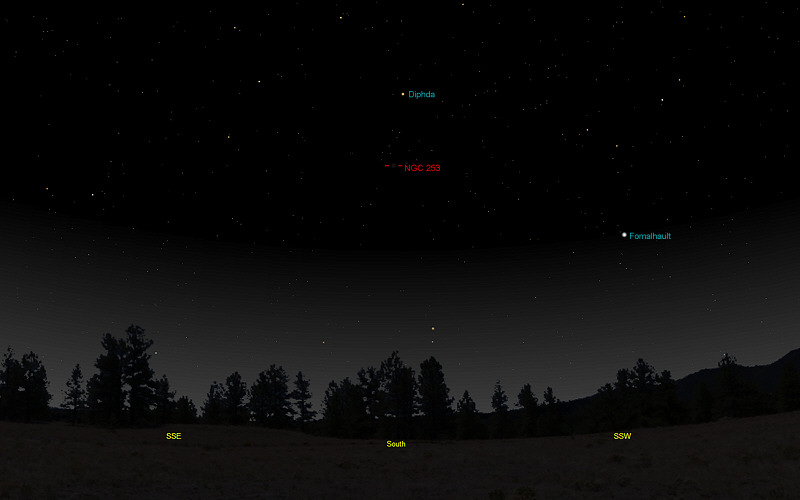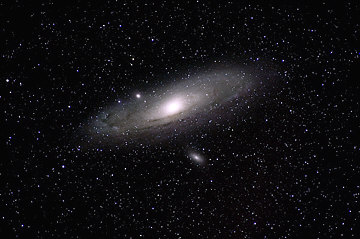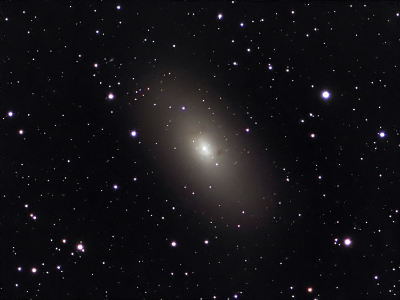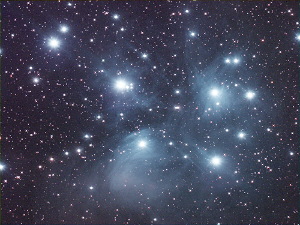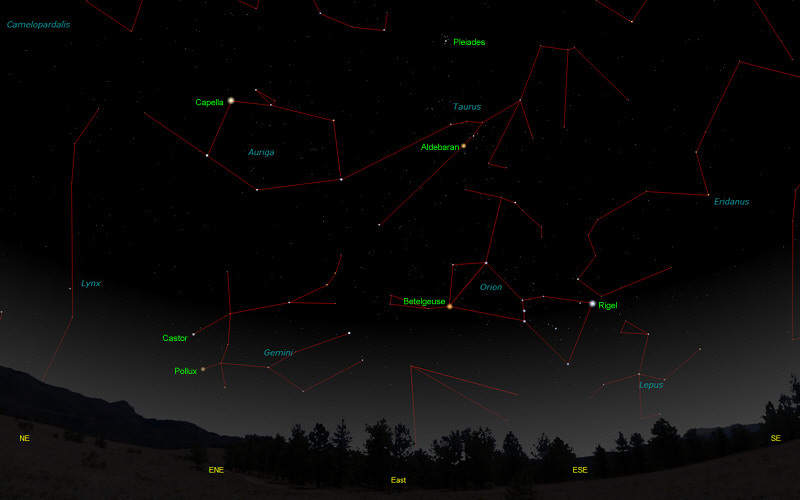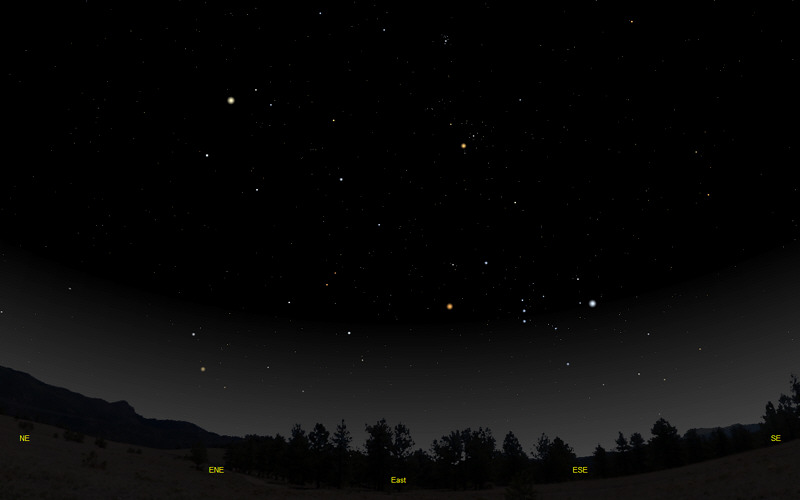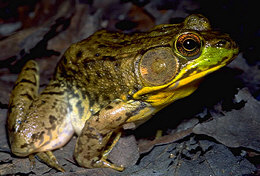The purpose of this feature is to give scout leaders, educators and naturalists an idea of some of the natural events coming up each month. We will try to cover a variety of natural events ranging from sky events to calling periods of amphibians, bird and mammal watching tips, prominent wildflowers and anything else that comes to mind. We will also note prominent constellations appearing over the eastern horizon at mid-evening each month for our area for those who would like to learn the constellations. If you have suggestions for other types of natural information you would like to see added to this calendar, let us know! Note: You can click on the hyperlinks to learn more about some of the featured items. To return to the Calendar, hit the "back" button on your browser, NOT the "back" button on the web page. All charts are available in a "printer friendly" mode, with black stars on a white background. Left clicking on each chart will take you to a printable black and white image. Please note that images on these pages are meant to be displayed at 100%. If your browser zooms into a higher magnification than that, the images may lose quality. Though we link book references to nationwide sources, we encourage you to support your local book store whenever possible.
Notes and Images From October 2009
A year ago we took images of the Veil Nebula in Cygnus. At that time we had seen the Veil in a number of telescopes, but had never been successful when trying to view it with binoculars. While visiting with friends at Edgar Evans State Park on October 17th, we stood outside our cabin and saw the constellation of Cygnus through a gap in the trees. A cold front had blown through during the day, and the sky was very dark and clear. We grabbed my 10 x 50 binoculars and looked for the nebula. We found we could just make out the eastern side of the Veil as a faint arc of light near a couple of double stars. The western side of the nebula around the star 52 Cygni was too faint to be seen. No color appears in the nebula visually, as the light level is too low to trigger the color-sensitive cone cells in the retina. But it was pleasant surprise to catch the nebula in binoculars on this crisp fall evening. The Veil Nebula is a supernova remnant, all that's left of a massive star that exploded somewhere between 5,000 and 15,000 years ago. Our best view of the Veil was through our 20" Newtonian telescope, from a campground at 8,000 feet above sea level in Arizona. While no color was visible, we could easily see the intertwining strands of nebulosity. For a binocular finder chart for the Veil, click here. Faint objects like the Veil Nebula usually take a few tries before they are seen. An easier binocular target is the galaxy NGC 253 in Sculptor.
NGC 253 is a member of the "Sculptor Group" of galaxies and is about 11 million light-years away. Measuring around 70,000 light-years in diameter, it's a relatively small barred spiral galaxy. NGC 253 is known to be a starburst galaxy, marked by rapid bursts of star formation in its nucleus. Bands of dark dust clouds stream outward from the nucleus and are seen in silhouette, giving the galaxy a chaotic appearance. The image at left was taken on October 20th and October 25th. NGC 253 was discovered on September 23rd, 1783 by Caroline Herschel. Caroline often assisted her brother William Herschel when he was making his systematic survey of the heavens. She discovered the galaxy while searching for comets, using a small telescope of 27 inches focal length and 30 power.
Caroline Lucretia Herschel overcame much in her life. She was stricken with smallpox at the age of three, which left her face scarred and damaged her left eye. She contracted typhus at the age of 10. The typhus stunted her growth, and her adult height was only 4'-3". Working alongside her brother, she discovered a number of nebulae and eight comets. She was awarded a gold medal by the Royal Astronomical Society, and in 1835 was proclaimed an honorary member. She was also made an honorary member of the Royal Irish Academy. In 1838 she was awarded a Gold Medal of Science by the King of Prussia. She lived to be 98 years old and died in 1848 in Hanover, Germany. In 1889 a minor planet, Lucretia, was named in her honor and a lunar crater, C. Herschel, was named for her in 1935. NGC 253 is one of the easiest galaxies to find in binoculars. Although the galaxy is located in the constellation of Sculptor, we recommend beginning your search at beta Cetus, also known as Diphda. The chart below shows the view looking due south at 8:50 pm on November 15th. Diphda will be about 36 degrees above the southern horizon. Put your binoculars on Diphda and then slowly scan down below it. You will pick up two triangles of stars. NGC is near the lower triangle of stars in the location shown below, about 7 degrees below Diphda. If you click on the chart below it will take you to a more detailed binocular finder chart, which is printable in with black stars on a white background. The galaxy will appear in binoculars as a small dim patch of light.
The Andromeda Galaxy, Messier 31, offers both easy and challenging binocular views. The galaxy itself is visible to the naked eye as a hazy patch of light, but its shape becomes much easier to see in binoculars. Simon Marius, in 1610, described it's pale light as appearing like "the light of a candle shining through horn." To find the Andromeda Galaxy, refer to the sky chart for September. Andromeda and the Andromeda Galaxy should be just about directly overhead in the early evening at mid-month.
If the night is dark and moonless, try spotting the two satellite galaxies M32 and NGC 205. They are a challenge in binoculars, and may only appear using averted vision. Last month, while waiting for NGC 253 to rise, we imaged NGC 205, the satellite galaxy below the Andromeda Galaxy in the image at right. NGC 205 is classified as a dwarf elliptical galaxy, and is about 2,690,000 light-years away. This galaxy was independently discovered by Caroline Herschel on August 27th, 1783, though it was first seen by Messier on August 10th, 1773. It was not included in the original Messier Catalog, but was added as Messier 110 by Kenneth Glyn Jones in 1966.
One of the things we enjoy most about making long exposure images is that they usually reveal interesting details of objects we've known over the years. With the image of NGC 205 we found some unexpected structure, including some dusty areas, within the galaxy. Also unexpected were the numerous and extremely faint background galaxies. These are very small, and can be better seen in a larger and higher resolution version of the image. Click on the image at left to see the larger version. No matter how long the exposure, there are always galaxies at the limit of detection. Tennyson wrote, "Yet all experience is an arch wherethro' gleams that untravell'd world, whose margin fades for ever and forever when I move." 1 So it seems with astronomical imaging.
Sky Events for November 2009: The Leonid Meteor shower peaks in the morning hours of November 17th. Getting up and watching the Leonids has become a tradition for us. Lounge chairs (don't put them out ahead of time - they'll be wet), sleeping bags, blankets and a warm beverage add to the experience. Face your chairs east and enjoy. Evening Sky: Look for bright Jupiter to the south shortly after dusk. This is a good opportunity to explore the giant planet with a telescope. You can usually pick out up to four bright moons with binoculars, provided you steady them against something solid. Mars rises about 10:10pm CST at mid-month in Cancer. The red planet is growing brighter as Earth and Mars approach each other. Morning Sky: Saturn rises a little after 2:00am at mid-month in Virgo. Venus rises about 1-1/2 hours before the sun at the first of November. It will gradually sink lower into the dawn glow as the month progresses, and will be hard to pick out by the end of the month. All times noted in the Sky Events are for Franklin, Tennessee and are Central Standard Time. These times should be pretty close anywhere in the mid-state area.
Constellations: The views below show the sky looking east at 9:30pm CST on November 15th. The first view shows the sky with the constellations outlined and names depicted. Star and planet names are in green. Constellation names are in blue. The second view shows the same scene without labels. The Pleiades, a beautiful open star cluster, is now well up in the sky. The entire cluster is wreathed in faint nebulosity. Unlike the Veil Nebula, this nebula shines by reflected light. Dust illuminated by the stars in the cluster reflects predominantly blue light. Normally, the only part of the nebulosity visible in small telescopes is the purple-tinted area below Merope, and even then a very dark sky is required to see it. The Merope Nebula was discovered on October 19th, 1849 by Tempel, using a 4" refractor. He described it as appearing like "a breath on a mirror." In the above image, Merope is about three quarters of an inch above bottom center. Auriga, the Charioteer, with its bright star Capella, and Taurus, the Bull, with its bright star Aldebaran, are both prominent in the eastern sky. Look for the bright stars Castor and Pollux as the constellation Gemini, The Twins, clears the horizon. In the southeast, mighty Orion clears the horizon with its bright stars Betelgeuse and Rigel. Note the difference in color between the two stars. Betelgeuse is a red giant and looks orange. Rigel is very hot supergiant and looks bluish. Looking at the center of the three "sword" stars with binoculars, you can see M42, the Orion Nebula. Just poking its head above the horizon is Lepus, The Hare.
On Learning the Constellations: We advise learning a few constellations each month, and then following them through the seasons. Once you associate a particular constellation coming over the eastern horizon at a certain time of year, you may start thinking about it like an old friend, looking forward to its arrival each season. The stars in the evening scene above, for instance, will always be in the same place relative to the horizon at the same time and date each November. Of course, the planets do move slowly through the constellations, but with practice you will learn to identify them from their appearance. In particular, learn the brightest stars for they will guide you to the fainter stars. Once you can locate the more prominent constellations, you can "branch out" to other constellations around them. It may take you a little while to get a sense of scale, to translate what you see on the computer screen or what you see on the page of a book to what you see in the sky. Look for patterns, like the stars that make up Orion. The earth's rotation causes the constellations to
appear to move across the sky just as the sun and the moon appear to do.
If you go outside earlier than the time shown on the charts, the constellations
will be lower to the eastern horizon. If you observe later, they will
have climbed higher. As each season progresses, the earth's motion around the sun causes the constellations to appear a little farther towards the west each night for any given time of night. If you want to see where the constellations in the above figures will be on December 15th at 9:30pm CST, you can stay up till 11:30pm CST on November 15th and get a preview. The westward motion of the constellations is equivalent to two hours per month.
Recommended: Sky & Telescope's Pocket Star Atlas is beautiful, compact star atlas. It is destined to become a classic, and is a joy to use at the telescope. A good book to learn the constellations is Patterns in the Sky, by Hewitt-White. You may also want to check out at H. A. Rey's classic, The Stars, A New Way to See Them. For skywatching tips, an inexpensive good guide is Secrets of Stargazing, by Becky Ramotowski. A good general reference book on astronomy is the Peterson
Field Guide,
A Field Guide to the Stars and Planets, by Pasachoff. The book retails for around $14.00. Starry Night has several software programs for learning the night sky. Visit the Starry Night web site at www.starrynight.com for details.
Amphibians:
We think of November as the quietest time of year for Tennessee frogs and toads. However, some song can still occasionally be heard. Listen for Spring Peepers, Upland Chorus Frogs and Southern Leopard Frogs. Checking around ponds at night with a flashlight held next to your temple will many times show the eye shine of Southern Leopard Frogs, Green Frogs and Bullfrogs. As in October, you can locate many of the frogs and toads that have been calling more frequently earlier in the year by driving the back roads slowly on rainy nights. This is a two person job. One person watches the road for amphibians and one person looks out for other vehicles. Recommended: The Frogs and Toads of North America, Lang Elliott, Houghton Mifflin Co.
Birds: You probably have already put out your bird feeders, but if you haven't you'll be missing out on a lot of good looks at winter feeder birds. This is a great time of year to start learning bird identification. Watch and listen for fall arrivals like White-throated and White-crowned Sparrows, Yellow-bellied Sapsuckers, Red-breasted Nuthatches and Brown Creepers. Listen for Great Horned Owls dueting at dusk and dawn and sometimes through the night during their courtship period. We were recently treated to the sight of many Red-headed Woodpeckers caching acorns. The woodpeckers flew from a swamp into a stand of hardwoods to gather the acorns, then returned to stash the acorns in crevices on dead tree trunks in the swamp. Recommended: Bird Finding in Tennessee, Michael Lee Bierly. A classic guide to finding birds in Tennessee. The Sibley Guide to Birds, David Allen Sibley The Sibley Guide to Birds of Eastern North America, David Allen Sibley A Field Guide to the Birds of Eastern and Central North America, 5th edition. 2002. Roger Tory Peterson and Virginia Marie Peterson. If it's been a while since you've picked up a Peterson bird guide, you may be pleasantly surprised by the large image scale of the drawings. Just the thing for those fall warblers! An inexpensive guide for beginners is the Peterson First Guide to Birds of North America.
Mammals: We find that fall is a good time to listen at dusk for Southern Flying Squirrels. If you have a nut-bearing tree or trees near you, they may be used by these interesting nocturnal mammals. Listen for very high-pitched, metallic squeaks coming from the canopy. To my ear they sound a little like the sound that steel rails make (the "singing") when a train is approaching. If you are very fortunate, you may be able to spot one. If you do, note the large eyes and the flattened tail, which they use like a rudder to steer their flight path. They fly, or rather glide, by extending a fold of skin that is attached to all four wrists. When they extend their legs outward, this flying membrane forms a flat surface beneath their body, allowing flight. Flying squirrels are very adept gliders. Although most glides are between 20 and 30 feet, one glide was measured covering 270 feet. Turns in the air of over 90 degrees are sometimes made. They are year-round residents.
Recommended: The Wild Mammals of Missouri, Charles W. Schwartz and Elizabeth R. Schwartz. University of Missouri Press. Although not written for Tennessee, most of the species covered in the book do occur in this state, and it is our favorite book on mammals. The book is beautifully illustrated with the drawings of Charles Schwartz and contains a wealth of information. If you buy only one book on mammals, we recommend this one.
Archives (Remember to use the back button on your browser, NOT the back button on the web page!) Natural Calendar September 2009 Natural Calendar February 2009 Natural Calendar December 2008 Natural Calendar November 2008 Natural Calendar September 2008 Natural Calendar February 2008 Natural Calendar December 2007 Natural Calendar November 2007 Natural Calendar September 2007 Natural Calendar February 2007 Natural Calendar December 2006 Natural Calendar November 2006 Natural Calendar September 2006 Natural Calendar February 2006
Natural Calendar
December 2005
Natural Calendar
November 2005
Natural Calendar
September 2005
Natural Calendar
February 2005
Natural Calendar
December 2004
Natural Calendar
November 2004
Natural Calendar
September 2004
Natural Calendar
February 2004
Natural Calendar
December 2003
Natural Calendar
November 2003
Natural Calendar
September 2003 Natural Calendar February 2003 Natural Calendar December 2002 Natural Calendar November 2002 Nature Notes Archives: Nature Notes was a page we published in 2001 and 2002 containing our observations about everything from the northern lights display of November 2001 to frog and salamander egg masses. 1 Ulysses, Alfred Lord Tennyson Night scenes prepared with The Sky Professional from Software Bisque All images and recordings © 2009 Leaps |
|||||||||||||||||||
